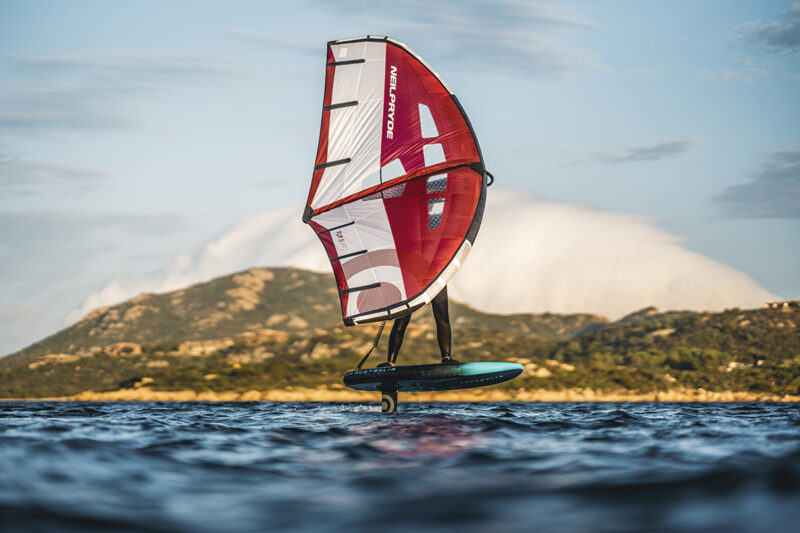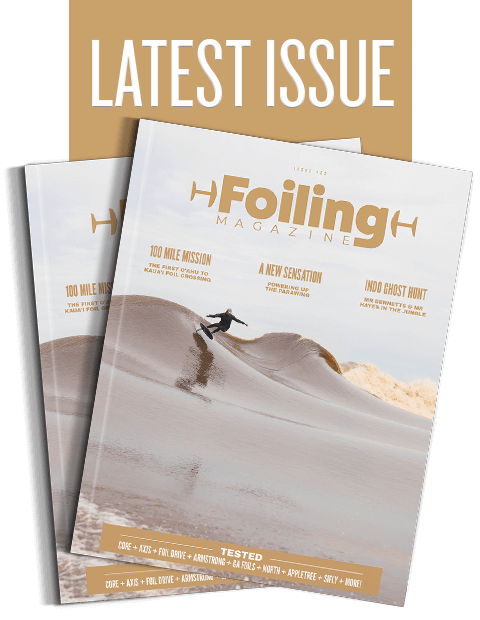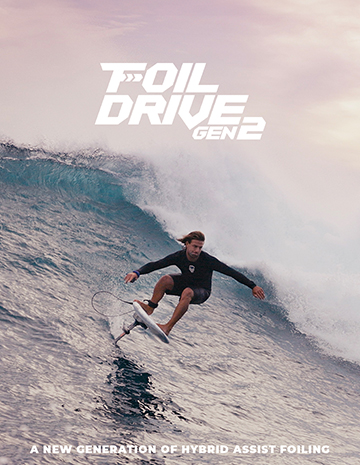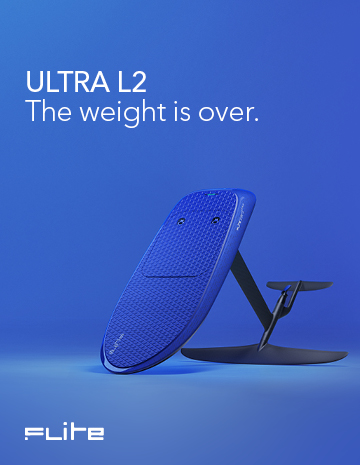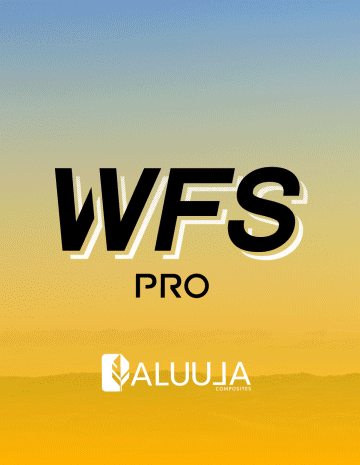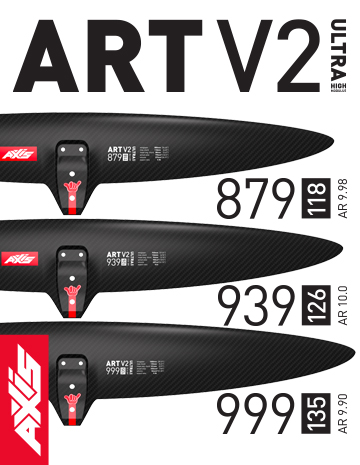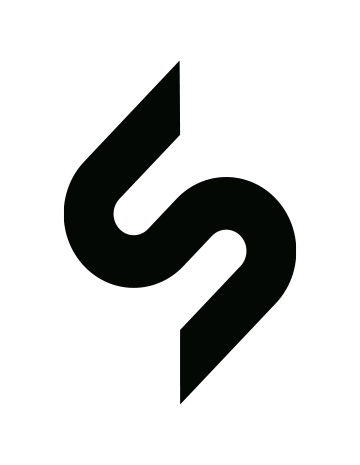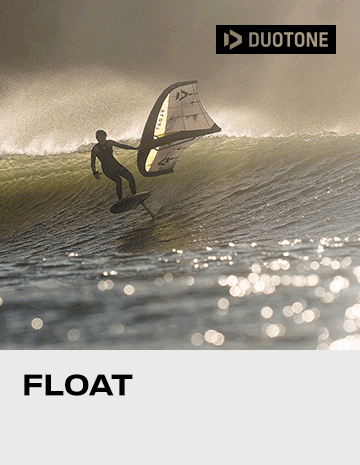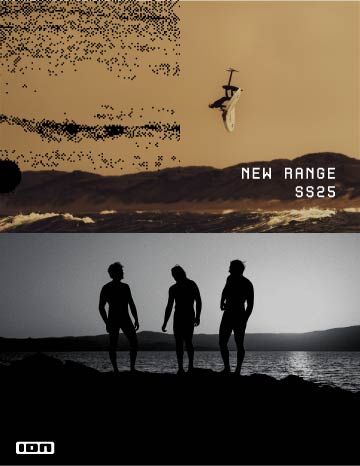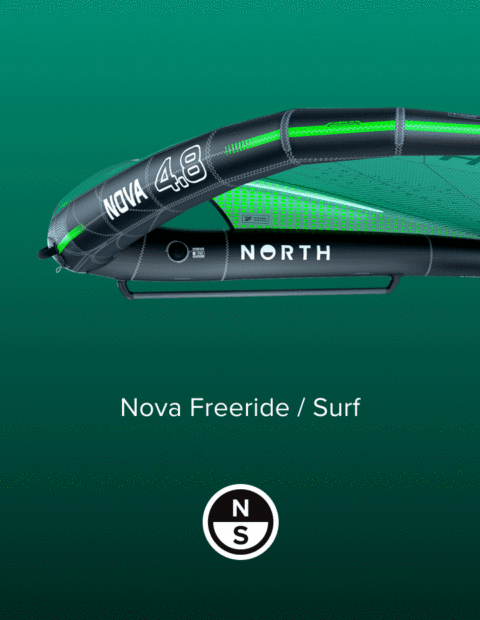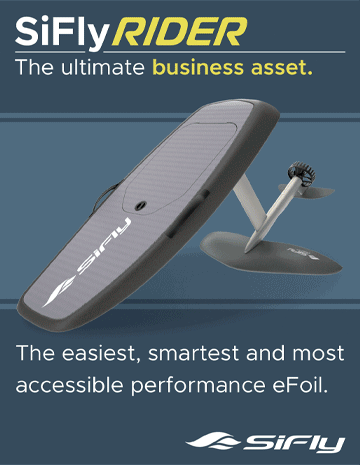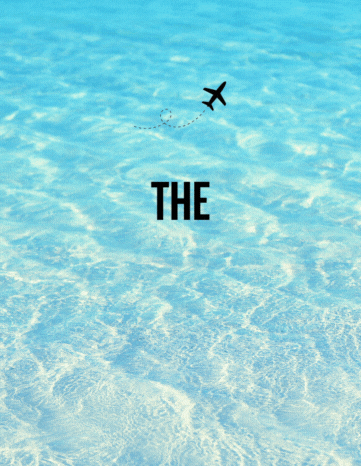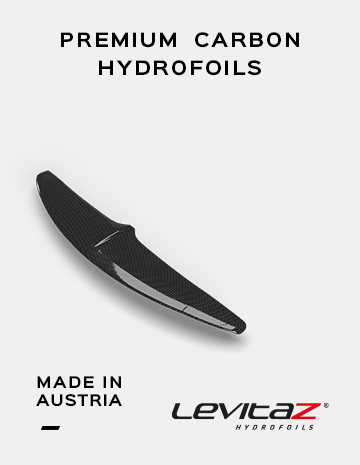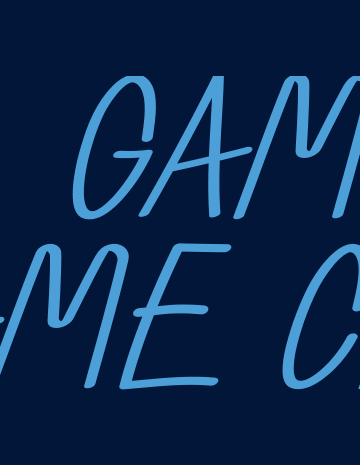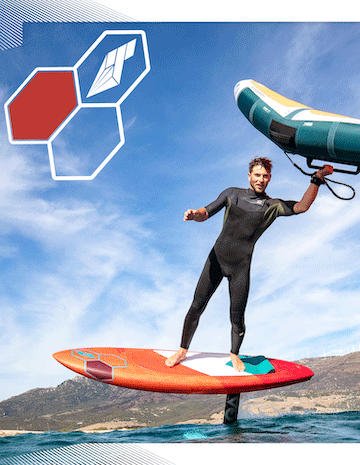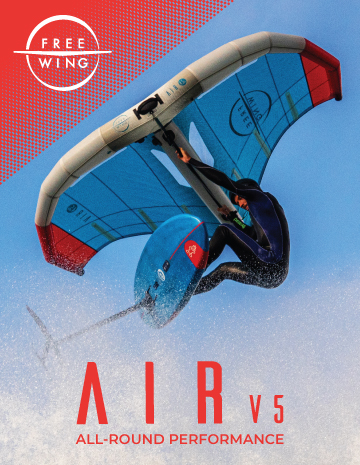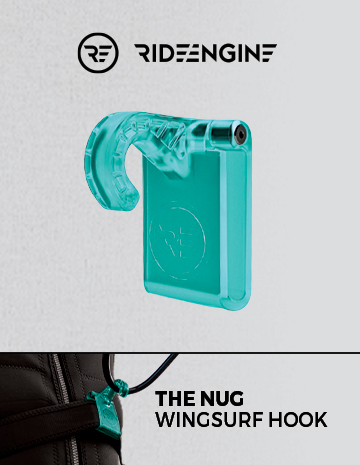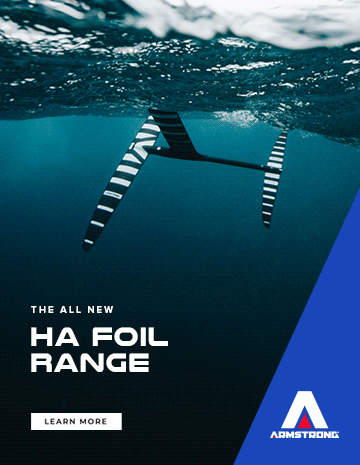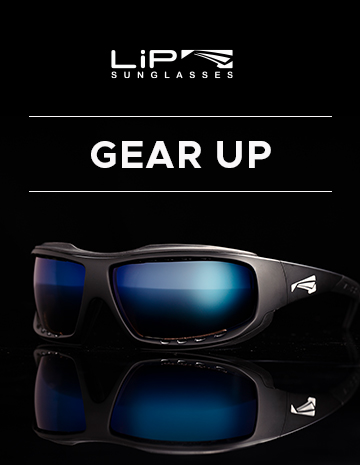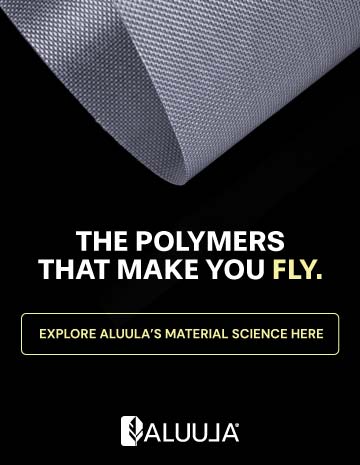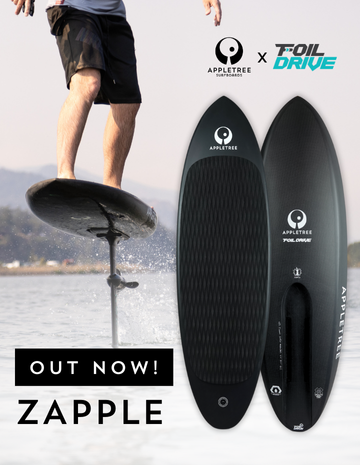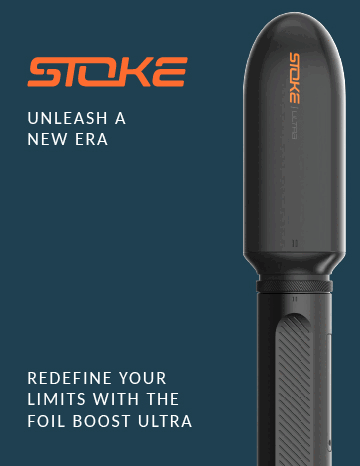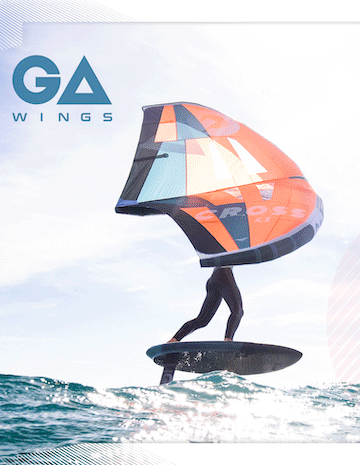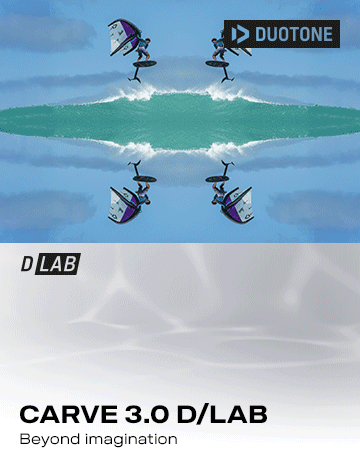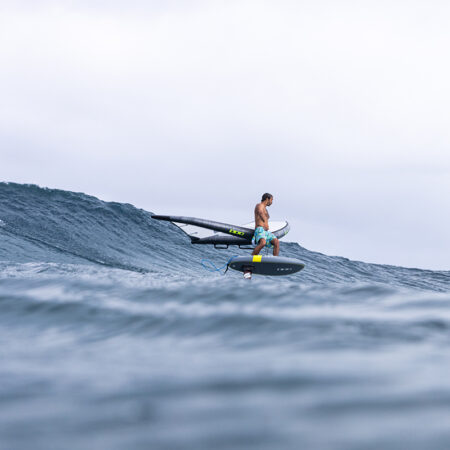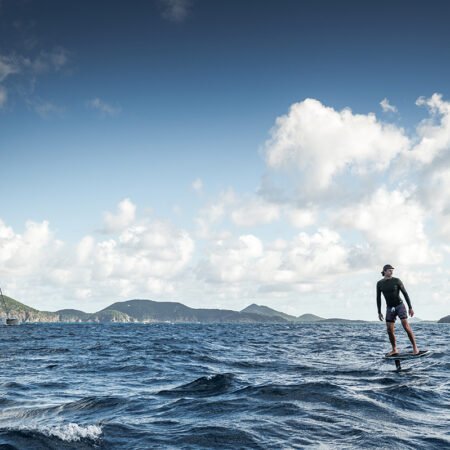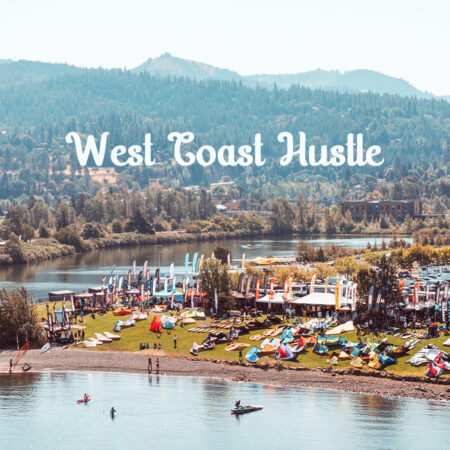INBOUND: NeilPryde Fly II Pro Wing
There’s a new “pro” wing on the scene. And given the background that NeilPryde have in the wind sports world, everyone should be sitting up and taking notice…
Tell us what marks out the FLY II Pro from the FLY II?
The 2024 FLY II PRO is an innovative advancement of the first FLY edition from 2023 – the lightwind and high-performance model in the NeilPryde range. The shape has undergone revisions similar to those of the FLY II, but it has also been enhanced with premium materials to deliver exceptional performance and user experience.
The FLY II and FLY II PRO are very close. The big differences concerning the shape are the leading edge diameter (the PRO is much smaller) and that – because it has a flatter entry angle to leverage the leading edge stiffness of the Aluula and reduce drag – the FLY II PRO canopy appears slightly smaller when shown as flat pieces.
From the original FLY, our goal was to enhance stability, stiffness, and improve handling and control. Additionally, since the materials are composed of a single polymer, they are ready for recycling. The handle weight has been reduced with the FLY II PRO now featuring even lighter carbon handles with black EVA without texture, for a clean and technical look.
Talk to us about the inclusion of Aluula here, what you’ve aimed to achieve with that, and the specifics of the type of Aluula material you’ve used to that end.
The biggest step of our high-performance wing is the usage of new fabrics from the manufacturer Aluula. The FLY II PRO introduces Aluula Aeris X, featuring a +/-45° X weave as opposed to regular Aluula, with lightweight Aluula Aeris wingtips, resulting in significantly increased bias stiffness, precisely where it is needed.
We chose Aluula Aeris and Aluula Aeris X over other familiar Aluula fabrics as the Aeris and Aeris X fabrics have an even better strength to weight ratio. And the most interesting feature for us was the increased bias resistance of the Aeris X. This weave structure makes the material stiffer and more resistant to deformation under load. Something you absolutely need to have fun with your wing for a long time.
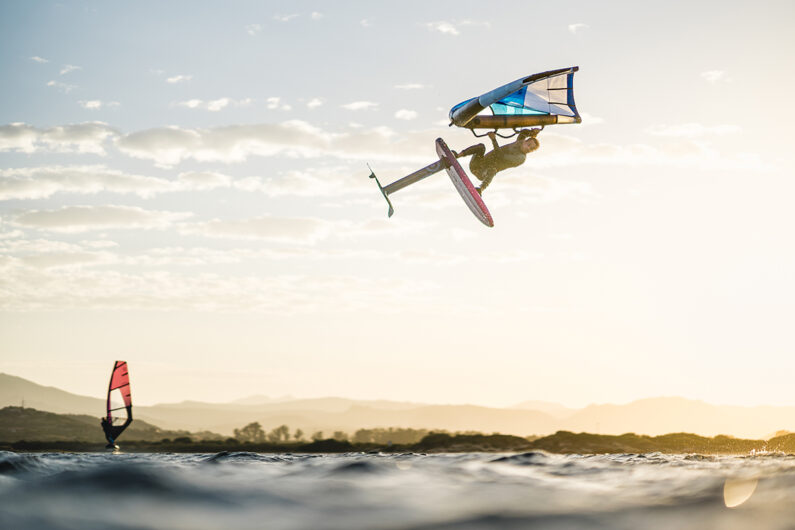
Were there any challenges presented in production when implementing these new materials?
We have a great partner with Aluula, they are testing and improving their fabrics every day and we are happy to have them by our side to develop new innovations. We had some printing ideas which we could not realize before the launch date but we are continuously trying new things.
How is this material recyclable?
Among many other advantages, one of the reasons why we chose these materials is their “recycle ready” characteristics. Aluula talks about a revolutionary composite end of life recycling. As they say… “Traditional composites combine multiple materials using adhesives resulting in fabrics that cannot be recycled. This Aluula composite fuses homogeneous polymers together without the use of adhesives, which allows it to be recycled at the end of its useful life. Sustainability is a core value at Aluula, and we are developing a recycling process for Aluula materials.”
Another great characteristic of the materials while talking about recyclability is the possibility for our consumers to repair small cuts in the Aluula Aeris and Aluula Aeris X. With a digital hot iron and a video tutorial provided by Aluula a person somewhat skilled in crafts should be able to do smaller repairs on their own.
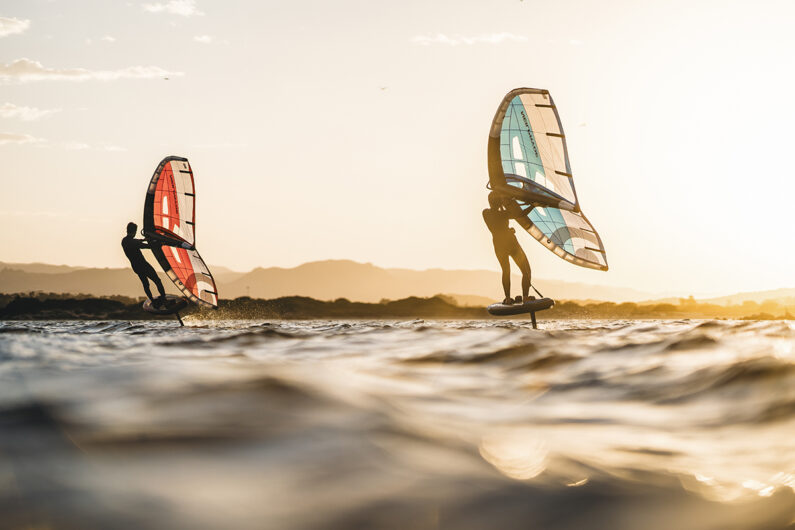
Other than the Aluula integration, what other modifications are there from the original FLY or even the FLY II?
The shape has undergone revisions similar to those of the FLY II, but it has also been enhanced with premium materials to deliver exceptional performance and user experience. From the original FLY, our goal was to enhance stability, stiffness, and improve handling and control. The sizes are carefully chosen – the half square meter increments of the FLY II Pro are optimum for the more ‘pro' rider. From 3.5 to 6.5m, you can find your ideal premium NeilPryde wing.
Yes, talk to us about the handle setup on the FLY II Pro, what was the design brief and materials chosen here?
To follow the high-performance idea, the handles are now made out of carbon to gain weight and performance advantages like stiffness. For the athleisure look the carbon is covered with black EVA. The handles which we implemented on the FLY II Pro are basically still the proven concept from the FLY in first generation. We have a unique “pistol grip” – an adapted shape of the front handle, which makes you hold the wing more naturally due to its ergonomic shape, allowing the shoulders and arms to assume a more natural position. Additionally, the shape of the front handle moves the middle strut and therefore the entire wing slightly further away from the rider's body, which avoids wind disturbances and which avoids touching the water with the wingtips.
On top of that, the shape makes it easy to grab the wing when lying on the water and getting in position to start flying. This is something where we get a lot of positive feedback from schools and wing teachers – the beginners find the handle in the water easily and grab it immediately in a good position to start.
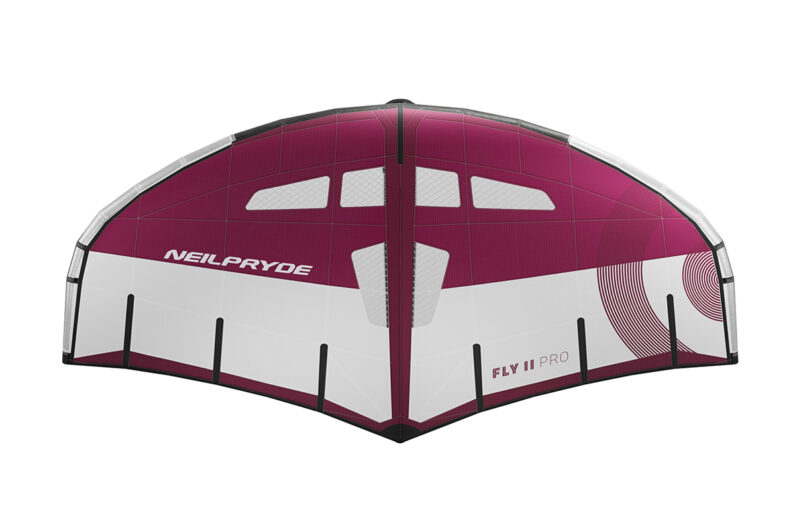
Where has the bulk of the R&D and testing taken place and who has been involved?
The head of our NeilPryde Wing R&D is designer Nils Rosenblad, many will know him from his windsurfing background, when he designed windsurfing sails for us. Currently he is working with us and the Red Bull Alinghi team – which is very helpful in terms of foiling knowledge. Nils has a diverse group of testers on Maui and is always in discussions with our pro riders Kylie Belhoeuvre, Vinnicius Martins and Riccardo Zorzi. Testing weeks with the development team members are mandatory from time to time, as well as market research.
It's also important to mention our product manager Daniel Schenk, who was electrified by the wing sports from the very first second they emerged onto the scene. I think he even made it onto the podium of a national Wingfoil Championship… Daniel not only has the technical knowledge but also has a very high riding level, which leads to a super-useful level of understanding of the market requirements.

























